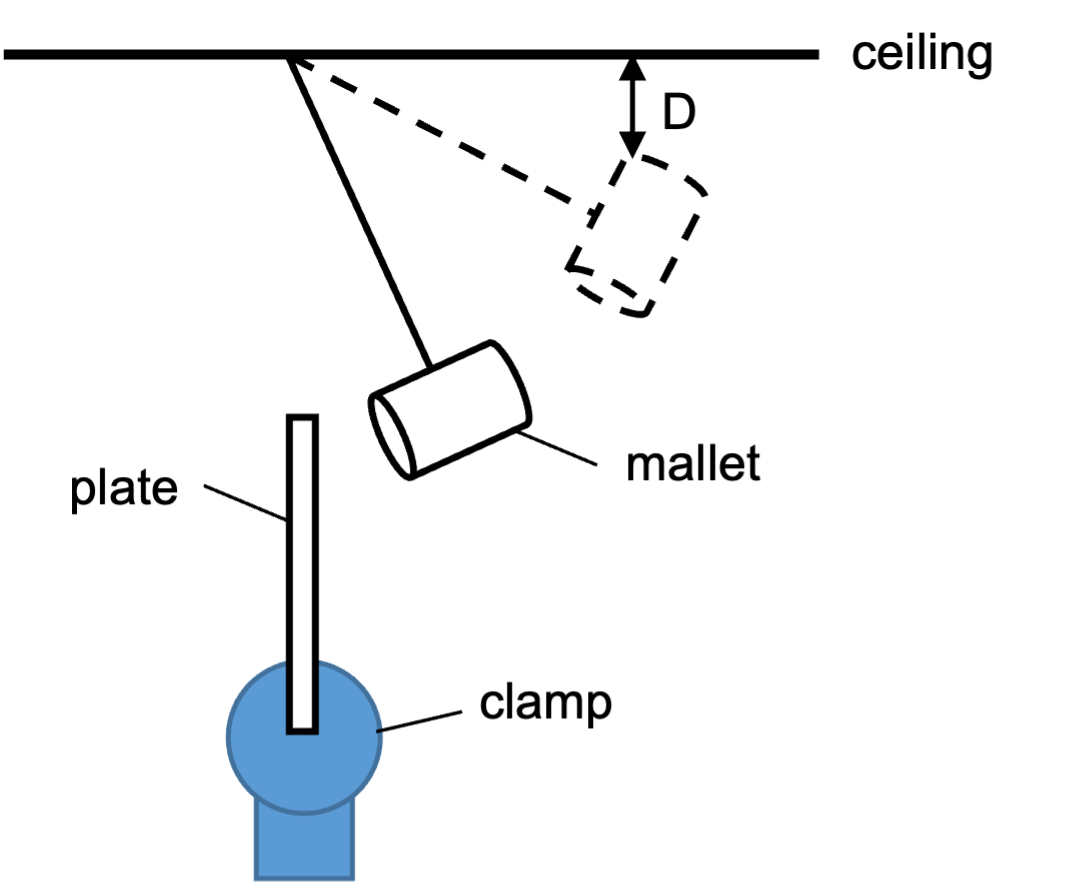2025 Science WA1: Must-Know PSLE Science Question Types
Yes, we've been busy analysing your WA1 papers. Here are some trending PSLE Science question types and challenging questions that you must know!
Hey guys,
We’ve been reviewing WA1 Science papers from different schools (thank you for submitting them!) — and here’s what we’ve found. There are some trending PSLE question types, challenging questions popping up, and a few common pitfalls that trip students up again and again. We’ve broken it all down for you below.
Practise similar question types with annotated solutions here: Science WA1 Annotated Solutions Guide. And when you're working through the questions, remember to use our CCC question-analysis framework and the AIR answering framework to structure your responses!
Trending or Emergent Themes/Question Types
There are two Science question types trending in 2025:
Example 1: Two-Trend Relationship Questions
‘Based on the graph, state how the brightness of the bulb is affected by the number of batteries used.’
When answering this question, students should carefully analyse the given data, which may be presented in a table, graph, or diagram. Identify whether there is one or two distinct trends. If two trends are present, clearly state each trend and support it with specific details whenever possible.
Example 2: Energy Conversion Explanation Questions
‘Stella observed that the car started rolling backwards at point X before reaching point Y. Other than changing the set-up, state what she can do for the car to reach point Y. Explain in terms of energy.’
First, analyse the set-up and identify the energy conversions involved. Determine the necessary modification to achieve the required outcome and use relevant scientific concepts to explain your answer, focusing specifically on energy-related principles.
Challenging Questions
Here are also some challenging questions we came across:
Example 1: Evaluation of Method
‘Teacher June claimed that counting the number of bubbles produced by the water plant is an inaccurate way to determine the rate of photosynthesis. Suggest why.’
Students are familiar with the scenario that counting the number of bubbles produced by water plants being one method to determine the rate of photosynthesis. Therefore, many students struggle with this question as they could not suggest a reason why this method is inaccurate.
Example 2: Juggling 2 Factors that Affect Gravitational Potential Energy
‘A mallet hung from the ceiling was released and it swinged downwards to hit a plate that was clamped. D is the greatest distance between the mallet and the ceiling such that the downward swing of the mallet breaks the plate.
If a similar mallet with a greater mass but the same size was used to break the plate, explain how D would be affected.’
Students find it difficult to relate two factors at the same time to gravitational potential energy. It was also made more confusing when D is the greatest distance between the mallet and the ceiling instead of greatest distance between the mallet and the ground.
Common Misconceptions & Mistakes (with Tips to Avoid)
Here are two common mistakes to avoid:
Mistake 1: Incorrect Key Terms Used
‘Explain why it is important for the dispersal of seeds to be as far away as possible from parent plants.’
Some students wrote ‘prevents competition for food’. It is important to note that competition between parent and young plants can only be reduced, not prevented. Plants make their own food, they do not compete with each other for food.
Tip: Learn from your mistakes and rewrite the correct phrase multiple times to make it a habit!
Mistake 2: Submitting Answers Without Checking
‘When the card is pressed downwards and released, it will ‘jump’ off the ground. Explain, in terms of forces, why the card will ‘jump’ off the ground when released.’
Writing answers too fast and failure to double check led to incorrect key words or phrases used. Instead of writing elastic spring force, some wrote elastic potential energy and explained in terms of energy.
Tip: Circle the phrase “in terms of forces” in the question, or verify whether the concepts tested relate to energy or forces. After writing your answer, always review it to ensure you have addressed the question accurately. Make it a habit to annotate key parts of the question and double-check your responses!






